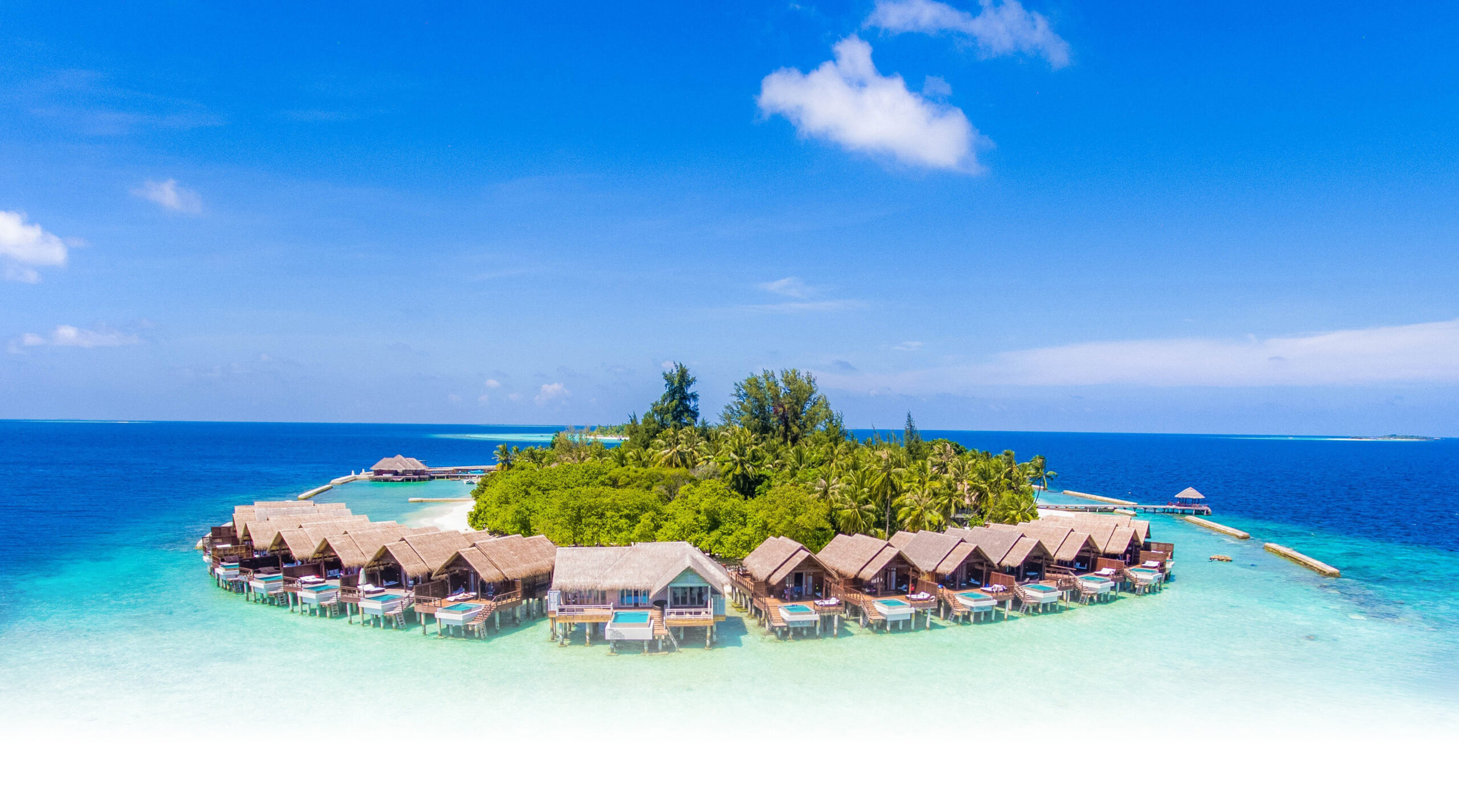Tourism Minister, Dr. Abdulla Mausoom has revealed in a tweet that over 55% of tourist beds are now operational in the Maldives. As of 14th October 2020, 26,720 tourists arrived in the Maldives according to the Ministry of Tourism. Furthermore, the guesthouses in the Maldives has also reopened on 15th October 2020.
According to the statistics by the Tourism Ministry, Maldives has seen an increase in the resumption of international flights. Likewise, with the resumption of guesthouses, tourist arrivals will increase as well. From 1st to 3rd October, the Maldives recorded 1,817 tourist arrivals. From 4th to 10th October, the country saw 3,867 tourist arrivals. Meanwhile, from 11th to 14th October, the Maldives recorded 2,169 tourist arrivals with a daily average of 542 tourists.
Here, tourist arrivals to #Fohdhoo island.
— Abdulla Mausoom (@Mausoom_Maus) October 17, 2020
With over 55% of beds now in operation,12 international airlines and many charter jets flying in #Maldives has set a bench mark of managing tourism safely. Thanks to President Solih @ibusolih for opening up Maldives for tourism. pic.twitter.com/1oveFJFuf8
Tourist arrivals to the Maldives is further expected to increase with the extension of the PCR Test validity period. This is because the extension is an advantage for those who have to take flights on weekends or on a Monday. Hence, the extension solves the inconvenience of weekend overlap for PCR test results. The entrance PCR test validity period was extended from 72 hours to 96 hours.
Currently, guesthouses outside the Greater Male’ Region are open for tourists. However, the ministry has decided to allow guesthouses in the greater Male’ region to remain operational for domestic tourism (locals only). Or these guesthouses can also operate as transit facilities for tourists. The issuing of the permit for guesthouses is based on the consent from Island Councils.
Also read: Top 10 Tourist Markets Since Border Reopening—As of 14th October 2020
The ministry of Tourism revealed that their prime objective is to make our tourism industry stable once again. Furthermore, the ministry hopes to keep the momentum going whilst making the destination the safest place for visitors. The unique one-island-one-resort concept of the Maldives makes the destination a safe choice for travelers.







